Explore Uganda

Uganda is a landlocked country in East Africa whose diverse landscape encompasses the snow-capped Rwenzori Mountains and immense Lake Victoria. Its abundant wildlife includes chimpanzees as well as rare birds. Remote Bwindi Impenetrable National Park is a renowned mountain gorilla sanctuary. Murchison Falls National Park in the northwest is known for its 43m-tall waterfall and wildlife such as hippos.
Tourism in Uganda has its roots to when future prime minister Winston Churchill visited the nation in 1907 and dubbed it as the “Pearl of Africa” for its colourful nature.
In the late 1960s, Uganda was visited by 100,000 international tourists each year. Tourism was the country’s fourth largest earner of foreign exchange. The tourist industry ended in the early 1970s because of political instability. By the late 1980s, Uganda’s political climate had stabilised and conditions were suitable for reinvestment in Uganda’s tourist industry.
However, the loss of charismatic wildlife in previously popular safari parks such as Murchison Falls National Park and Queen Elizabeth National Park prevented these parks from competing with similar tourist attractions in neighbouring Kenya and Tanzania. Uganda’s tourist industry instead promoted its tropical forests.
The keystone of the new industry became Bwindi Impenetrable National Park. With more than 300 mountain gorillas, Bwindi Impenetrable National Park has approximately half of the world’s population of mountain gorillas.
Top Experiences in Uganda
Game viewing is the most popular tourist activity in Uganda. Wild animals like lions, buffaloes, giraffes, antelopes, elephants are common in Uganda’s ten national parks. Uganda is one of only ten countries where it is possible to visit endangered gorillas.
With its prime location in the African Great Lakes region, Uganda has a variety of water bodies that are popular spots for tourism. White water rafting and kayaking are popular activities on the rapids near the source of the Nile at Jinja.
Boating which is commonly done on Lake Victoria, Lake Mburo, Lake Bunyonyi, Kazinga Channel, and River Nile is a perfect way of exploring the buffaloes, hippos, crocodiles and a wide variety of bird species that inhabit the banks of these water bodies.
Sport fishing is another favorite tourist activity. Fish like the Nile perch, and tilapia can be caught in designated areas of Lake Mburo and the banks of the Nile. Canoeing can also be done at Lake Bunyonyi.
Uganda has many opportunities for mountain climbing, hiking and nature walks. The Rwenzori Mountains, which are found at the border with the DRC, include the snowcapped Margherita Peak (5,109 m), the highest Mountain Range in Africa and also one of the highest peaks. Mgahinga Gorilla National Park also includes three peaks, Mount Gahinga, Mount Sabyinyo, and Mount Muhavura, the highest peak in the national park. Mount Elgon, located in Eastern Uganda, can be used for hiking and climbing, and also has one of the largest calderas in the world.
Religious tourism is a steadily growing tourism product niche in Uganda after wildlife-based tourism. However, limited research has curtailed planning and development of religious tourism in the country.
National Parks of Uganda:
Kidepo Valley National Park is Uganda’s most isolated national park, but the few who make the long journey north through the wild frontier region of Karamoja would agree that it is also the most magnificent, for Kidepo ranks among Africa’s finest wildernesses. From Apoka, in the heart of the park, a savannah landscape extends far beyond the gazetted area, towards horizons outlined by distant mountain ranges.
Kidepo Valley National Park lies in the rugged, semi-arid valleys between Uganda’s borders with South Sudan in the north west and only 5km from the eastern border of Kenya, some 700km from Kampala. It has a profusion of big game and hosts over 77 mammal species.
During the dry season, the only permanent water in the park is found in wetlands and remnant pools in the broad Narus Valley near Apoka. These seasonal oases, combined with the open, savannah terrain, make the Narus Valley the park’s prime game viewing location especially with its dense populations of Lion, Buffalos, Elephant and many similar angulates.
The bird checklist of over 476 species with the common Ostrich, secretary bird, northern carmine bee-eater, little green bee-eater, Abyssinian scimitar bill and many more colorful and visible species.
Bwindi Impenetrable National Park lies in southwestern Uganda on the edge of the Rift Valley. Its mist-covered hillsides are blanketed by one of Uganda’s oldest and most biologically diverse rain forests, which dates back over 25,000 years and contains almost 400 species of plants. More famously, this “impenetrable forest” also protects an estimated 459 mountain gorillas – roughly half of the world’s population, including several habituated groups, which can be tracked.
This biologically diverse region also provides shelter to a further 120 mammals, including several primate species such as baboons and chimpanzees, as well as elephants and antelopes. There are around 350 species of birds hosted in this forest, including 23 Albertine Rift endemics.
Bwindi is a home to at least 200 butterfly species including the eight albertine rift endemics. Also a home to many reptiles. Opportunities abound to discover the local Bakiga and Batwa Pygmy cultures through performances and village walks.
Kibale National Park is also known as the “The primate capital of East Africa”. Kibale’s most popular activity is the Kanyanchu Primate Walk. Thirteen species can be sought, and a good variety of diurnal monkeys invariably encountered, but the stars of this twice-daily show are chimpanzees.
This Forest provides shelter to a further 120 mammals, including several primate species such as baboons and chimpanzees, as well as elephants and antelopes. There are around 370 species of birds hosted in this forest, including 23 Albertine Rift endemics. The Nahan’s francolin, cassin’s spinetail, blue headed bee-eater and low-land masked apalis.
Most prominent among Kibale’s primates is the chimpanzee population surge of about 1,500 individuals, divided into at least a dozen different communities, four of which are habituated to humans. The Kanyantale community has been subject to daily tourist tracking since 1993.
Queen Elizabeth National Park is understandably Uganda’s most popular tourist destination. The park’s diverse ecosystems, which include sprawling savanna, shady, humid forests, sparkling lakes, and fertile wetlands, make it the ideal habitat for a classic big game, ten primate species including chimpanzees, and over 600 species of birds.
Set against the backdrop of the jagged Rwenzori Mountains, the park’s magnificent vistas include dozens of enormous craters carved dramatically into rolling green hills, panoramic views of the Kazinga Channel with its banks lined with hippos, buffalo, and elephants, and the endless Ishasha plains, whose fig trees hide lions ready to pounce on herds of unsuspecting Uganda kob.
As well as its outstanding wildlife attractions, Queen Elizabeth National Park has a fascinating cultural history. There are many opportunities for visitors to meet the local communities and enjoy storytelling, dance, music, and more. The gazetting of the park has ensured the conservation of its ecosystems, which in turn benefits the surrounding communities.
Most of Queen Elizabeth comprises open grassland and savannah which tends to be moist and woody in the west than the eastern part, Thorny Acacia dominates this savannah habitant with the high concentration of candelabra shrub a cactus that grows along the kazinga channel and on the kasenyi plains.
Queen Elizabeth supports at least 95 species of mammals, it boasts of 20 carnivores like the Lion, Leopards, side stripped jackal and spotted hyena among others.
The 1951 film “The African Queen” starring Humphrey Bogart was filmed on Lake Albert and the Nile in Murchison Falls National Park.
Murchison Falls National Park lies at the northern end of the Albertine Rift Valley, where the sweeping Bunyoro escarpment tumbles into vast, palm-dotted savanna. First gazetted as a game reserve in 1926, it is Uganda’s largest and oldest conservation area.
The park is bisected by the Victoria Nile, which plunges 45m over the remnant rift valley wall, creating the dramatic Murchison Falls, the centerpiece of the park and the final event in an 80km stretch of rapids. The mighty cascade drains the last of the river’s energy, transforming it into a broad, placid stream that flows quietly across the rift valley floor into Lake Albert. This stretch of river provides one of Uganda’s most remarkable wildlife spectacles. Regular visitors to the riverbanks include elephants, giraffes, and buffaloes; while hippos, Nile crocodiles, and aquatic birds are permanent residents.
Murchison Falls is notably blessed with over 144 mammals,556 bird species,51 reptiles, and 51 Amphibians. With a great number of African elephants, Murchison falls is impressive all year round. The aerial survey noted over 900 individuals and 1,330 and is at an increase. Historically Giraffes exclusively inhabit the northern sector of the park. Buffalo populations have spiked to over 10,000 while Uganda kobs have leaped to more than 35,000.
The bird checklist with the shoebill as the most common along the river stretch approaching the Albert delta and many profiled bird species occupy the park. The white crested turaco, red winged grey warbler, all associated with woodland in the southern bank.
Notable visitors to the park include Winston Churchill, Theodore Roosevelt, Ernest Hemingway, and several British royals.
Rwenzori mountain is not volcanic like East Africa’s other major mountains but is a block of rock up-faulted through the floor of the Western Rift Valley. The Rwenzoris were christened the “Mountains of the Moon” by the Alexandrine geographer Ptolemy in AD 150.
The explorer Henry Stanley placed the Rwenzori on the map on 24th May 1888. He labeled it ‘Ruwenzori’, a local name which he recorded as meaning “Rain-Maker” or “Cloud-King.” The oldest recorded person to reach Margherita Peak was Ms. Beryl Park aged 78 in 2010.
The Rwenzoris – the fabled Mountains of the Moon – lie in western Uganda along the Uganda-Congo border. The equatorial snow peaks include the third highest point in Africa, while the lower slopes are blanketed in moorland, bamboo, and rich, moist montane forest. Huge tree heathers and colorful mosses are draped across the mountainside with giant lobelias and “everlasting flowers”, creating an enchanting, fairy-tale scene.
Rwenzori Mountains National Park protects the highest parts of the 120km-long and 65km-wide Rwenzori mountain range. The national park hosts 70 mammals and 217 bird species including 19 Albertine Rift endemics, as well as some of the world’s rarest vegetation.
The Rwenzoris are a world-class hiking and mountaineering destination. An eight to Eleven days’ trek will get skilled climbers to the summit of Margherita – the highest peak – though shorter, non-technical treks are possible to scale the surrounding peaks.
At 4,000km² Mt. Elgon has the largest volcanic base in the world. Located on the Uganda-Kenya border it is also the oldest and largest solitary, volcanic mountain in East Africa. Its vast form, 80km in diameter, rises more than 3,000m above the surrounding plains. The mountain’s cool heights offer respite from the hot plains below, with the higher altitudes providing a refuge for flora and fauna.
Mount Elgon National Park is home to over 300 species of birds, including the endangered Lammergeyer. The higher slopes are protected by national parks in Uganda and Kenya, creating an extensive trans-boundary conservation area which has been declared a UNESCO Man & Biosphere Reserve.
A climb on Mt. Elgon’s deserted moorlands unveils a magnificent and uncluttered wilderness without the summit-oriented approach common to many mountains: the ultimate goal on reaching the top of Mt. Elgon is not the final ascent to the 4321m Wagagai Peak, but the descent into the vast 40km² caldera.
The mammalian fauna of Mount Elgon is poorly known. The most common species, or at least the most visible to hikers, are blue monkeys and black and white colobus. A small number of Elephants are residents of forests and several montane moorland endemics.
The British administration declared the area a game sanctuary in 1930; it was gazetted as a National Park in 1991.
Mgahinga has one habituated transboundary gorilla group.
The Batwa were self-sufficient – and visitors can see how during a fascinating tour with a Batwa guide to learn the secrets of the forest. Mgahinga Gorilla National Park sits high in the clouds, at an altitude of between 2,227m and 4,127m. It was created to protect the rare mountain gorillas that inhabit its dense forests, and it is also an important habitat for the endangered golden monkey.
As well as being important for wildlife, the park also has a huge cultural significance, in particular for the indigenous Batwa pygmies. This tribe of hunter-gatherers was the forest’s “first people”, and their ancient knowledge of its secrets remains unrivaled.
Mgahinga’s most striking features are its three conical, extinct volcanoes, part of the spectacular Virunga Range that lies along the border region of Uganda, Congo, and Rwanda. Mgahinga forms part of the much larger Virunga Conservation Area which includes adjacent parks in these countries. The volcanoes’ slopes contain various ecosystems and are biologically diverse, and their peaks provide a striking backdrop to this gorgeous scenery.
Mgahinga boasts of over 76 mammals which include elephants, giant forest hog, bush pigs, bush back. Buffalos, leopards, a bird checklist of over 180 species including the 14 endemic Albertine rift notably the Kivu ground thrush and turaco.
Lake Mburo National Park is a compact gem, located conveniently close to the highway that connects Kampala to the parks of western Uganda. It is the smallest of Uganda’s savannah national parks and underlain by ancient Precambrian metamorphic rocks which date back more than 500 million years. It’s a home to 350 bird species as well as zebras, impalas, elands, buffalos, oribi, Defassa waterbuck, leopard, hippo, hyena, topi and reedbuck.
Together with 13 other lakes in the area, Lake Mburo forms part of a 50km-long wetland system linked by a swamp. Five of these lakes lie within the park’s borders. Once covered by open savanna, this supports the healthy population of Buffalos, Warthog, bush pig and hippopotamus. Lake Mburo National Park now contains much woodland as there are no elephants to tame the vegetation. In the western part of the park, the savanna is interspersed with rocky ridges and forested gorges while patches of papyrus swamp and narrow bands of lush riparian woodland line many lakes.
Lake Mburo is notably blessed with over 315 bird species and probably the best place to view acacia-associated birds, Rwonyo is a good zone to see the mosque swallow, black bellied bustard, bare-faced-go away bird and Ruppell’s starling. A handful of birds is recorded essentially the southern ground hornbill and black throated barbet.
Semuliki National Park sprawls across the floor of the Semuliki Valley on the remote, western side of the Rwenzori. The Park is dominated by the easternmost extension of the great Ituri Forest of the Congo Basin. This is one of Africa’s most ancient and bio-diverse forests; one of the few to survive the last ice age, 12-18,000 years ago.
The Semuliki Valley contains numerous features associated with central rather than eastern Africa. Grass Thatched huts are shaded by West African oil palms; the Semuliki River (which forms the international boundary) is a miniature version of the Congo River, the forest is home to numerous Central African wildlife species, and the local population includes a Batwa pygmy community that originated from the Ituri. As a result, this park provides a taste of Central Africa without having to leave Uganda.
While Semuliki’s species have been accumulating for over 25,000 years, the park contains evidence of even older processes. Hot springs bubble up from the depths to demonstrate the powerful subterranean forces that have been shaping the rift valley during the last 14 million years.
This biologically diverse region also provides shelter to a further 120 mammals, including several primate species such as baboons and chimpanzees, as well as elephants and antelopes. There are around 350 species of birds hosted in this forest, including 23 Albertine Rift endemics.
Hippos are common are common along the semuliki river, as are crocodiles, more than 300 species of butterflies have been identified, including 46 species of forest swallowtail, together with 235 moth species. Over 435 bird species have been recorded in Semuliki National Park. The checklist includes 35 Guinea-Congo forest biome bird species, spot-breasted ibis, Haartlaub’s duck, Congo serpent eagle, chestnut flaned goshawk, red thighed sparrow hawk. Furthermore, another 12 species with extremely little distribution are spotted like the western bronze-naped pigeon. yellow throated cukoo.
Uganda Safaris
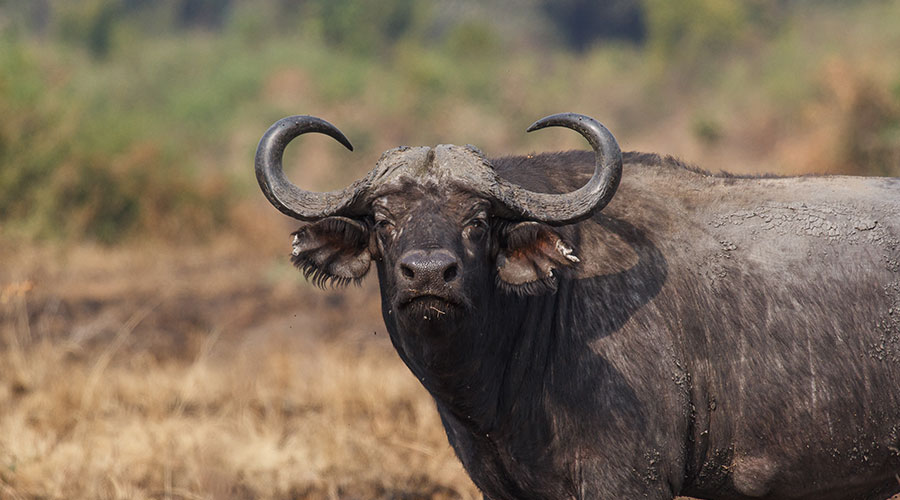
12 Days Road Chaser Tour Uganda
12 Days Road Chaser Tour Uganda Home Page Tour Summary Itinerary Accommodation Tour Notes Tour Summary Day 01: Arrival in Entebbe Met by guide at
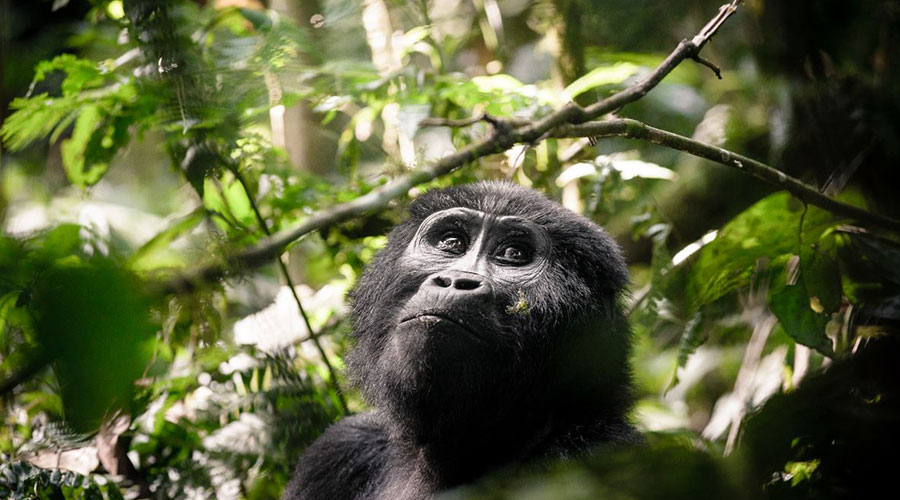
11 Days Best Game & Primates Uganda
11 Days Best Game & Primates Uganda Home Page Tour Summary Itinerary Accommodation Tour Notes Tour Summary Day 1: Entebbe to Kasese Departure: 08:25 am

06 days Gorillas & Game
06 days Gorillas & Game Home Page Tour Summary Itinerary Accommodation Tour Notes Tour Summary Day 1: Arrival in Entebbe Met by guide at Entebbe
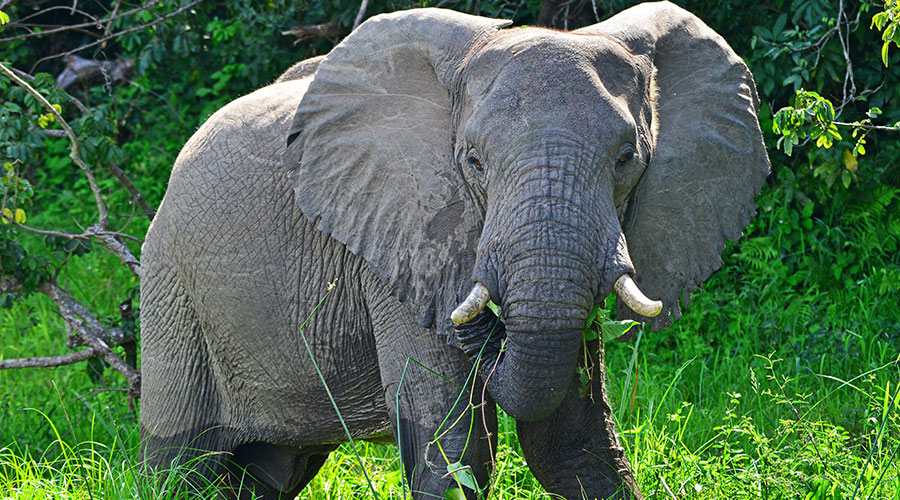
08 Days Safari Magic Uganda
08 Days Safari Magic Uganda Home Page Tour Summary Itinerary Accommodation Tour Notes Tour Summary Day 01: Entebbe Arrival Met by guide at Entebbe International
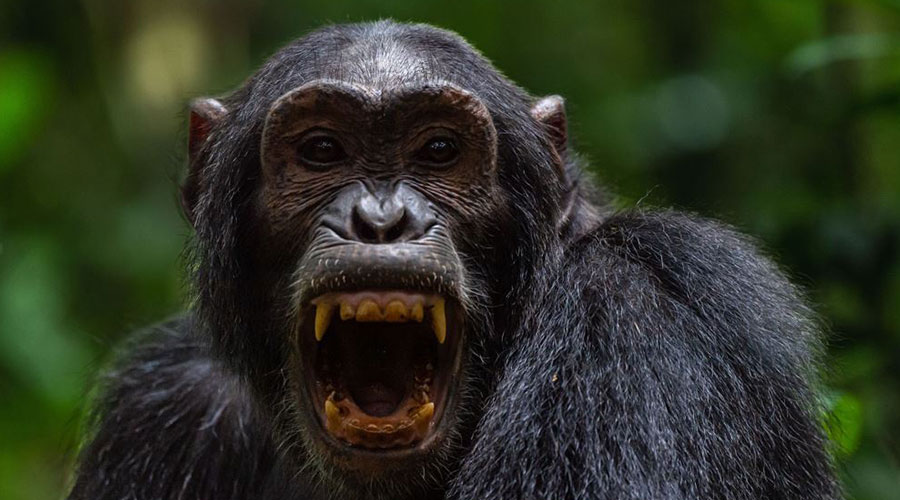
10 days On Safari
10 days On Safari Home Page Tour Summary Itinerary Accommodation Tour Notes Tour Summary Day 01: Entebbe Arrival Met by guide at Entebbe International Airport.

05 Days Primate & Wild Tour Safari Uganda
05 Days Primate & Wild Tour Safari Uganda Home Page Tour Summary Itinerary Accommodation Tour Notes Tour Summary Day 1: Arrival in Entebbe Arrived at
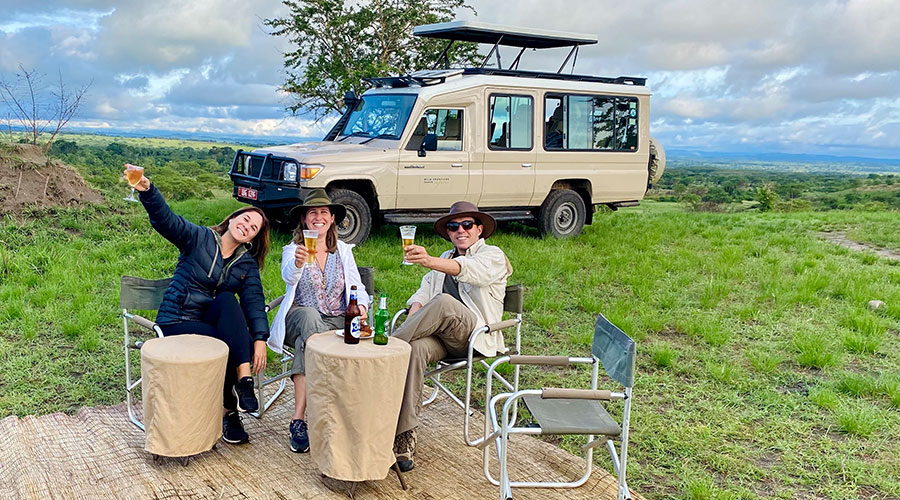
09 Days Wild Trail Uganda
09 Days Wild Trail Uganda Home Page Tour Summary Itinerary Accommodation Tour Notes Tour Summary Day 1: Entebbe to Kasese Arrive at Entebbe airport and
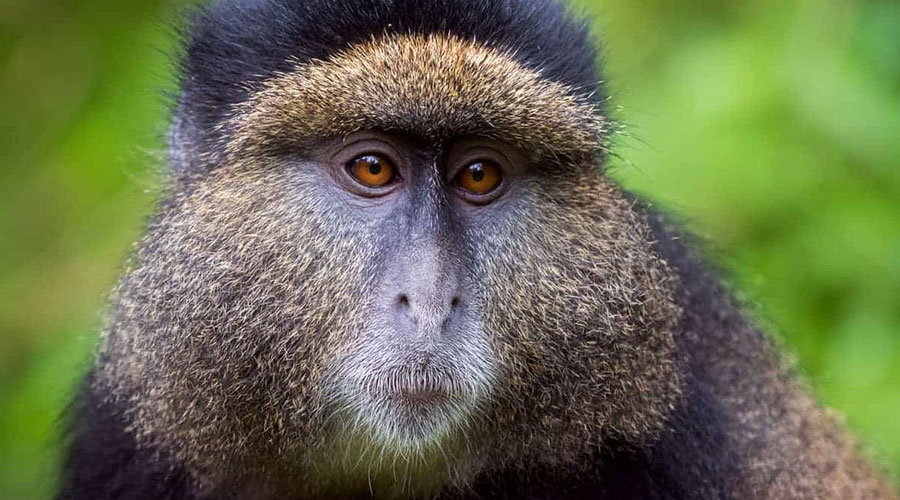
05 Days Gorillas & Golden Monkey Tour- Uganda
05 Days Gorillas & Golden Monkey Tour- Uganda Home Page Tour Summary Itinerary Accommodation Tour Notes Tour Summary Day 01: Arrival in Entebbe Arrive at

09 Days Extreme Fishing & Wild Game Tour
09 Days Extreme Fishing & Wild Game Tour Home Page Tour Summary Itinerary Accommodation Tour Notes Tour Summary Day 01: Arrival and Transfer to Bwindi

07 Days Into Wild Uganda
07 Days Into Wild Uganda Home Page Tour Summary Itinerary Accommodation Tour Notes Tour Summary Day 1: Entebbe to Kasese Arrive at Entebbe airport. Transfer
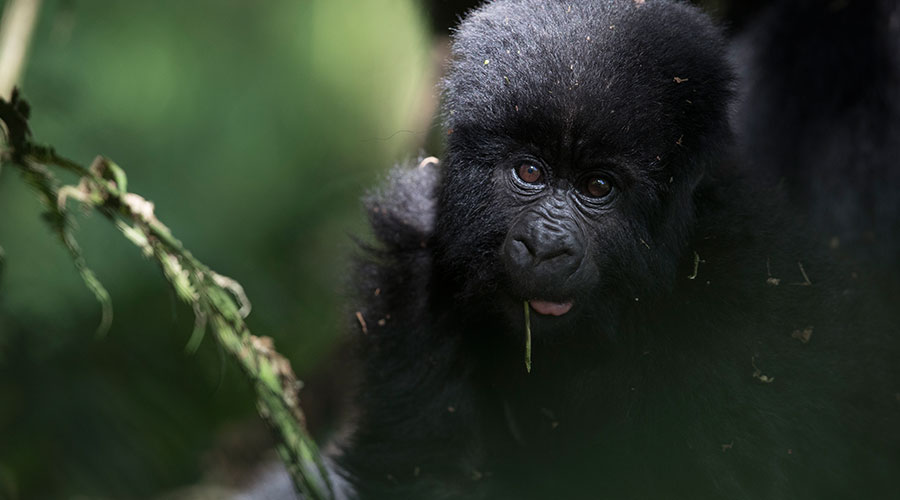
05 Days Gorilla Safaris Uganda
05 Days Gorilla Safaris Uganda Home Page Tour Summary Itinerary Accommodation Tour Notes Tour Summary Day 1: Arrival and Transfer to Bwindi Arrive at Entebbe
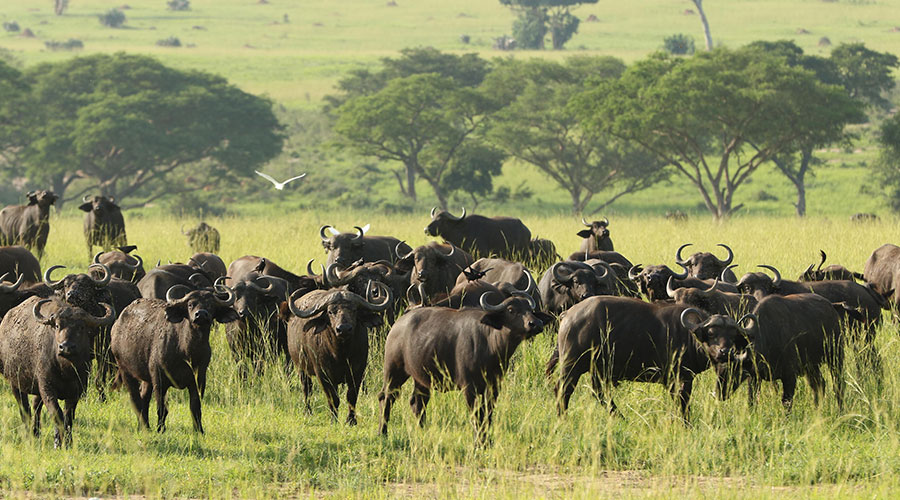
08 Days Primates & Game Safari
08 Days Primates & Game Safari Home Page Tour Summary Itinerary Accommodation Tour Notes Tour Summary Day 1: Arrival in Entebbe Arrive at Entebbe International
